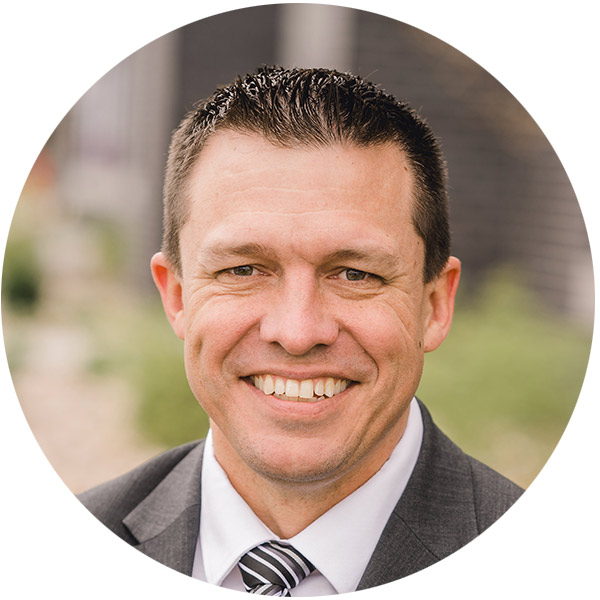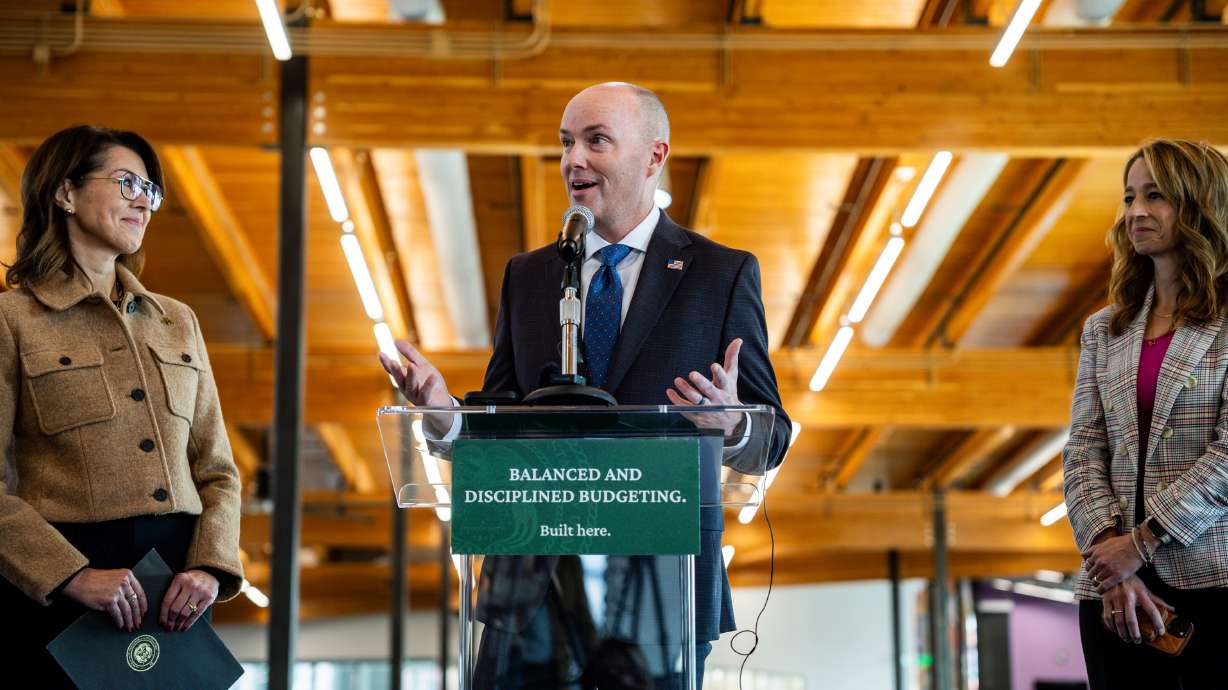Some teachers fear what will happen to their local school if an education choice bill passes in Utah.
They envision a mass exodus of students cutting the student population down to half of its current size and the educators serving in the school are left holding cardboard signs begging for scraps.
The reality is that this has not happened in any education choice program across the nation. Arizona has the most robust education choice system in the country, yet only 45,000 students use their choice program. After twenty years of education choice programs, Arizona still has 91 percent of their students attending the local public school.
Let’s look at it from another perspective.
The UT-Fits Scholarship is only funded to cover 10,000 students in our state. That is less than 1 percent of the almost 700,000 students. Usage will be spread out across the state, with students from low-income, urban areas being the most likely users of the scholarship.
What that means is that a small school in rural Utah may lose one or two students who decide to use this program.
In addition, school funding is based upon the previous year’s budgets. School enrollment on October 1 of each year sets the budget for the following school year. In the unlikely event that half of a school population decides to use the new scholarship, the school and district have time to prepare.
One question that never gets asked is who is creating these new schools across the state. Many people assume it is some outside group moving in to create a new program and bringing in teachers from other parts of the state or even other parts of the country.
The reality is that most new schools are created by former public school teachers. These teachers see a need in their own community to create a school that matches their communities’ needs and values. The founders of these schools want to improve their neighborhoods by providing an educational option they know others want.
Most parents are happy with their local school and will continue to send their child there. What education choice does is provide options for the students who are struggling to keep up, students who are excelling in school, or for students who don’t fit the public school model and their behavior shows it.





